Estate Living
Estate living is not a new concept for humans. Over the century’s clans, tribes, huddles, villages, settlements, and laagers were the way that people organized themselves. The support base available to you, and your family tree, contributed to your association and where you lived.
By Johan Kruger of Association Management Solutions
Shortly after World War II the concept of community living, as a legal entity, took shape in the USA. Today, almost 60 million people live community associations across the USA. The Community Association Industry is massive, and it recently hosted a Conference attracting almost 2,000 attendees from all over the globe.
The Communities Association Professionals in the USA formed an organization called the Community Associations Institute (CAI) almost 50 years ago. CAI has since grown from strength to strength and today boast more than 45,000 individual members worldwide. The 5 key benefits of joining CAI include: Education (learn & advance); Networking (connect & collaborate); Advocacy (impact & influence); Resources (empower & understand) and Leadership (research & awareness).
CAI offers over 30 courses at various levels to its members and membership is not limited to Estate Mangers, but also includes Board Member, Owners, Committee Members, Volunteers, Service Providers etc.
CAI created a program in response to a need for stringent professional standards of Community Association management and formed the Community Association Managers International Certification Board (CAMICB) that administers the Certified Manager of Community Associations (CMCA). The CMCA exam is accredit by National Commission for Certifying Agencies (NCCA) and the International Standards Organisation (ISO).
The first Residential Estate that was formed in a legal entity as a Homeowners Association (HOA) was proclaimed in 1984 in South Africa and was called Fourways Gardens.

Since then, the HOA industry has evolved tenfold and not many, if any, residential developments take place outside an HOA with Sectional Title as the legal entity. During the enormous property boom in the 1990’s and early 2000’s a huge increase in HOA developments took place. The services associated with HOA also developed during this period – the Security Industry probably being the biggest beneficiary during this period. Specialized Estate Protection Services became the norm for security companies and HOA’s invested millions in security technology to keep residents safe. The Golf industry also benefited during this period and various new golf courses were constructed as part of residential developments. Big names like Jack Nicklaus, Ernie Els, Tom Weiskopf, Gary Player and Greg Norman were sought after. They vied with each other to put their names to the golf courses developed on residential estate during this period.
The financial crash in 2008 however slowed down residential developments and very few golf course developments have taken place since then. Many Estates took the opportunity to invest in the lifestyle of their residents and increase the lifestyle offering to their members. Today it is not uncommon to have 4 generations of the same family living in one community.
Those working in the Community Living Industry in South Africa have access to the same benefits that CAI offered to their members in the USA. The education opportunities for directors, staff and other service providers are now a reality. Better education will lead to better decision making. Discussions with tertiary institutions and the CAI are at an advance stage to formally recognize the education courses on offer by CAI globally.
The Community Schemes Ombud Services (CSOS) Act is also fully operational and HOA’s members pay a monthly fee via the HOA to CSOS to access the dispute resolution that it offers. CSOS is starting to fulfill its mandate as a regulator for Community Living.

The table below show very interesting similarities in trends over the last 60 years in estate living in South Africa and in the USA. (In South Africa the trends were developed in a much shorter period.)
| Era | Perspective |
| Pre 1960’s | “The House” (floor plans, façade, etc.) |
| 1960’s – 1970’s | “The Neighborhood Amenity” (community pool, golf course, etc.) |
| 1980’s – 1990’s | “The Lifestyle” (gates, amenity packages, security, respite from the outside world |
| 1990’s – 2000’s | “Community and Values” (community / place / technology / health / education / recreation) |
| CAI M360 Leadership practices in building communities |
Investment in HOA residential properties still show good returns. Through the widely offered HOA education, investors will continue to see the value of investment in the lifestyle of the Communities members.
The real impact of COVID-19 is still to come, but the investment in lifestyle developments made working from home easier for those who live in Estates.
Community living is here to stay and will continue to thrive!

